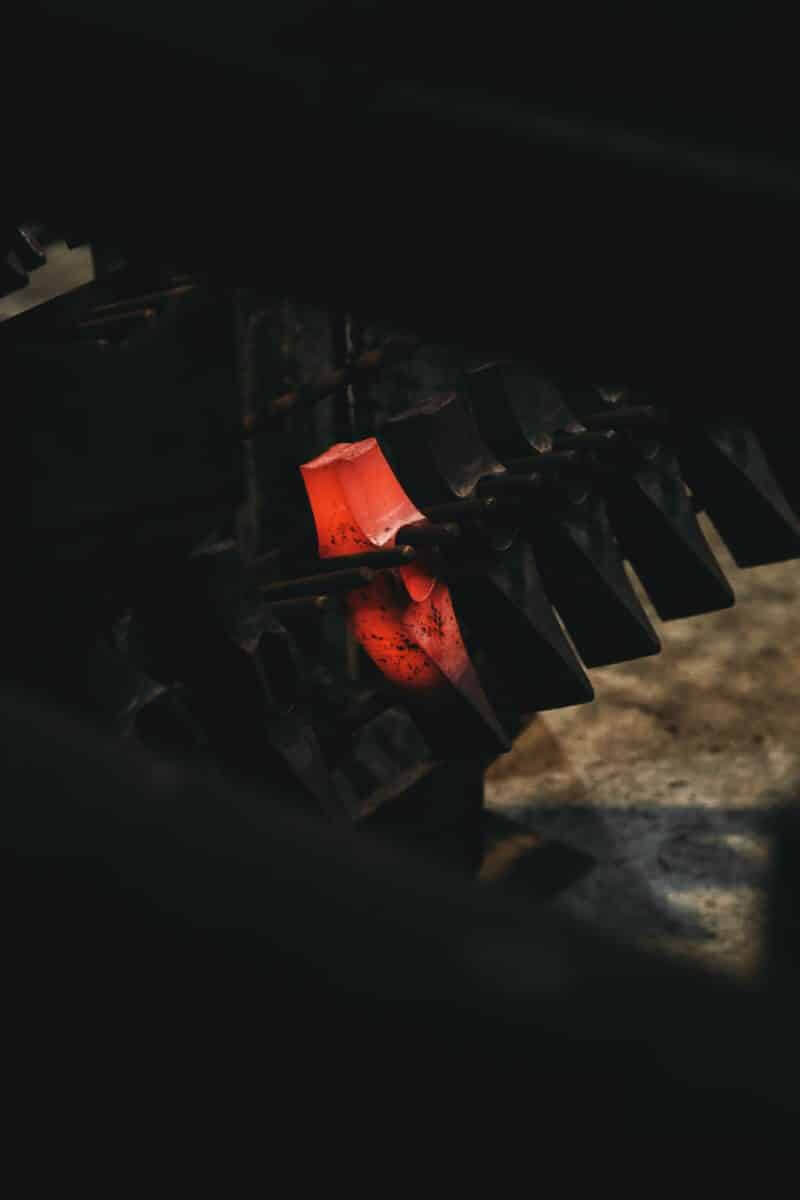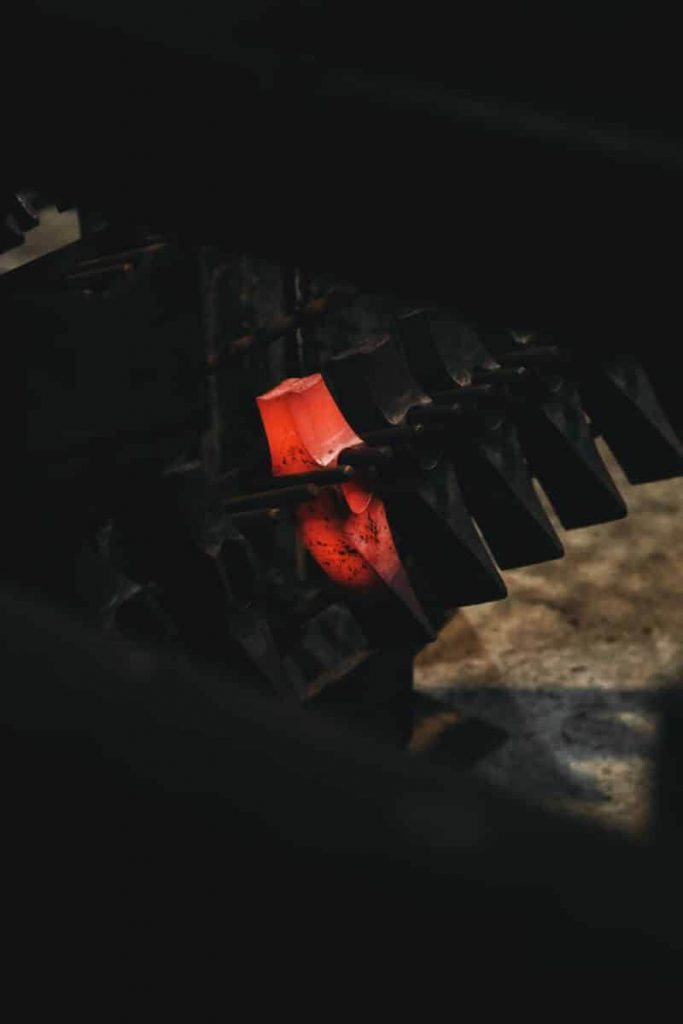
Iron Ore’s $104 Rally Sparks Optimism in Markets
Quick Look
- Iron ore futures surged over six percent to $104/ton in Singapore, buoyed by demand speculation in China.
- Stimulus measures and mill restarts hint at a recovery in China’s steel industry.
- Positive macroeconomic data from China suggests a broader industrial recovery, lifting market sentiment.
- The rally affects global markets, given China’s role as the top iron ore importer from Australia and Brazil.
In a remarkable turnaround, iron ore has once again breached the $100 mark, stirring the market with optimism. Futures soared by more than six percent, reaching $104 a ton in Singapore, a move that has reinvigorated traders and analysts alike. This resurgence comes after iron ore experienced a significant dip, touching its lowest point since last May. The catalyst behind this sudden uplift? A speculation-rich environment hinting at a potential demand spike in China, the world’s leading steel manufacturer.
Stimulus and Restarting Mills: A Glimmer of Hope
The Chinese market, returning from a long weekend, was greeted with a pleasant surprise as iron ore futures jumped. Analysts, including those from China Industrial Futures Co., suggest that this could be the beginning of a positive trend. They point to the steel industry’s potential for growth, driven by stimulus measures and a gradual revival of construction and manufacturing sectors. Furthermore, the improving profitability has prompted mills to reignite blast furnaces, signalling a tentative yet tangible recovery. This dynamic shift is particularly noteworthy given iron’s status as one of this year’s most underperforming commodities, primarily due to fears that China’s lingering property woes might suppress demand.
China’s March Factory Surge & Iron Ore Price Leap
Despite these challenges, recent macroeconomic data from China has provided a silver lining, with factory activity in March exceeding expectations. The rise in iron ore prices, which hit 6.3% higher at $104.55 per ton in Singapore, underscores a potentially changing landscape. This shift is not just limited to iron ore; steel contracts in Shanghai also saw an uptick, hinting at a broader recovery within the industry.
As the largest importer of iron ore, China’s demand dynamics significantly influence global markets. The country primarily sources its iron from Australia and Brazil. With major suppliers including giants like Rio Tinto Group and Vale SA. As such, the recent rally in iron prices is a development of global significance, potentially heralding a phase of recovery and growth in the steel sector. This turn of events is a critical reminder of the volatility and complexity of global commodity markets, where shifts in demand and sentiment can quickly reverse fortunes.


